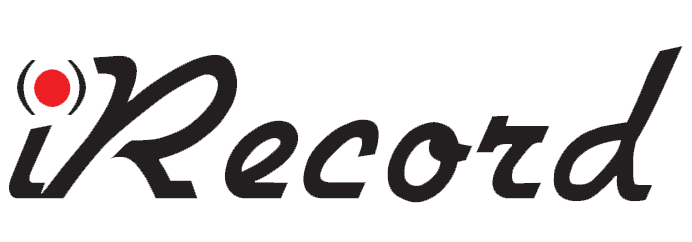Sharing video interview evidence with the court is a powerful tool for ensuring that all sides of a case are seen and heard. Being able to study someone’s tone of voice and facial expressions can mean so much more than simply reading a transcript of a conversation. This is true for both suspects and victims. In order to uphold justice, interview evidence needs to be clear and accurate. The right audio video equipment and room setup can help get the job done.
3 Possible Mistakes with Interview Evidence Recording
Agencies know that every piece of evidence needs to be properly managed and protected. The correct interview recording process can help ensure that agencies have court-admissible evidence. No one should overlook these common concerns for interview rooms.
1. Camera Equipment
Going with a high-definition camera system should be one of the top priorities for organizing a new interview room. Agencies typically find that utilizing high-definition IP cameras works best because these units can connect with the site’s existing internet network.
Designing your space with a two-camera installation setup helps agencies present the most information possible to the court. You want to record both the interview subject and the interviewer so nothing gets missed. It could also be of interest to review options for covert camera installations. These solutions may not be necessary for every agency, but they can certainly be beneficial for limiting distractions.
2. Audio Quality
Your court-admissible interview evidence also requires high-quality audio. Some agencies may only be concerned with their camera solutions, but ignoring the audio component of your room can lead to other problems.
Every piece of dialogue needs to be recorded and you can’t afford to miss even the slightest aside or a single word during these conversations. Without a sensitive microphone system, your evidence may be incomplete. Giving attention to the echo elimination process can be another area for improvement. Every detail matters.
3. Room Layout
Additionally, there can also be mistakes made with how the room is arranged. The size of the room may be an issue, or there could be concerns with the interview room furniture. The space needs to be professional, meaning it shouldn’t feel confrontational or too relaxed
For example, it’s often recommended that agencies use chairs that don’t have arms in their interview room. Working with an experienced interview room team can help confirm that you meet all of the layout and equipment requirements.
Get the Right Equipment—and Advice!
Designing your interview room involves so much more than the a basic floorplan, and the recording equipment itself can’t be compromised. More than that, though, agencies also need a software solution that keeps their interview evidence secure and protected. This is why agencies all across North America trust our process at iRecord to help improve their interview room solutions.
Our team has an extensive understanding of interview room design, as well as audio video recording equipment and the software solutions you need to create redactions, store evidence files, and then share them securely with other parties involved in the case. If you’re ready to discuss your options for a better, more streamlined process, we are here to help!
